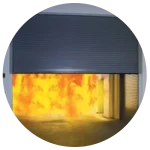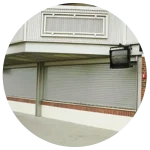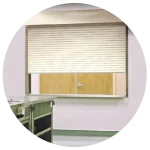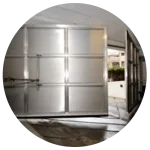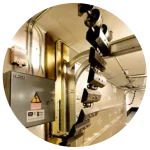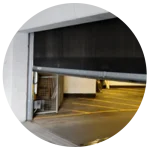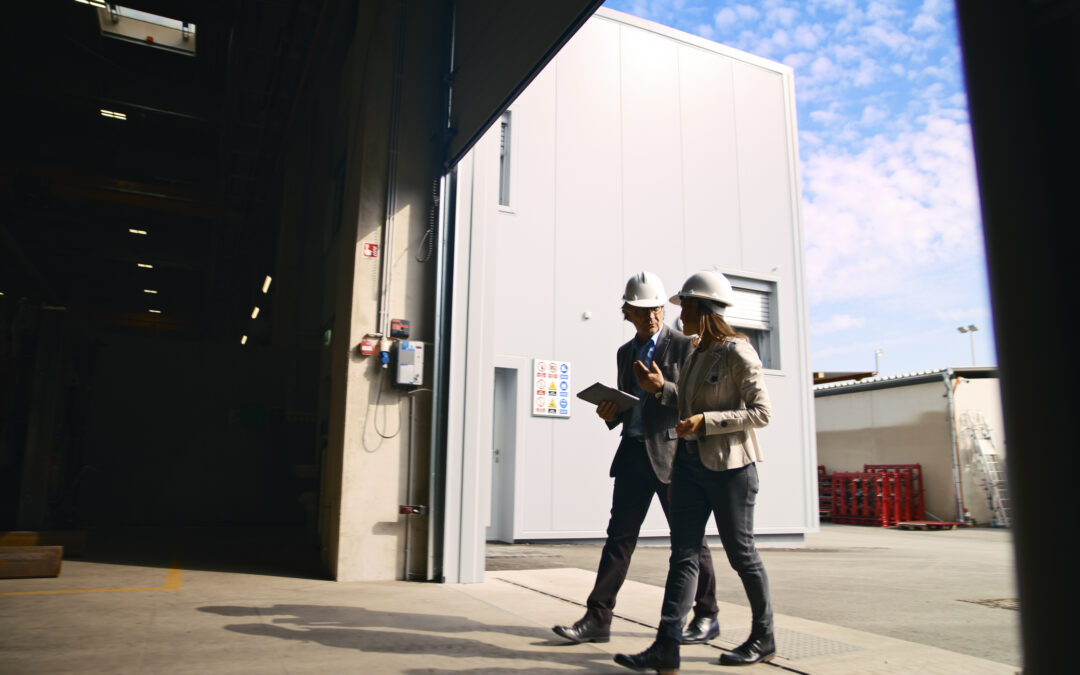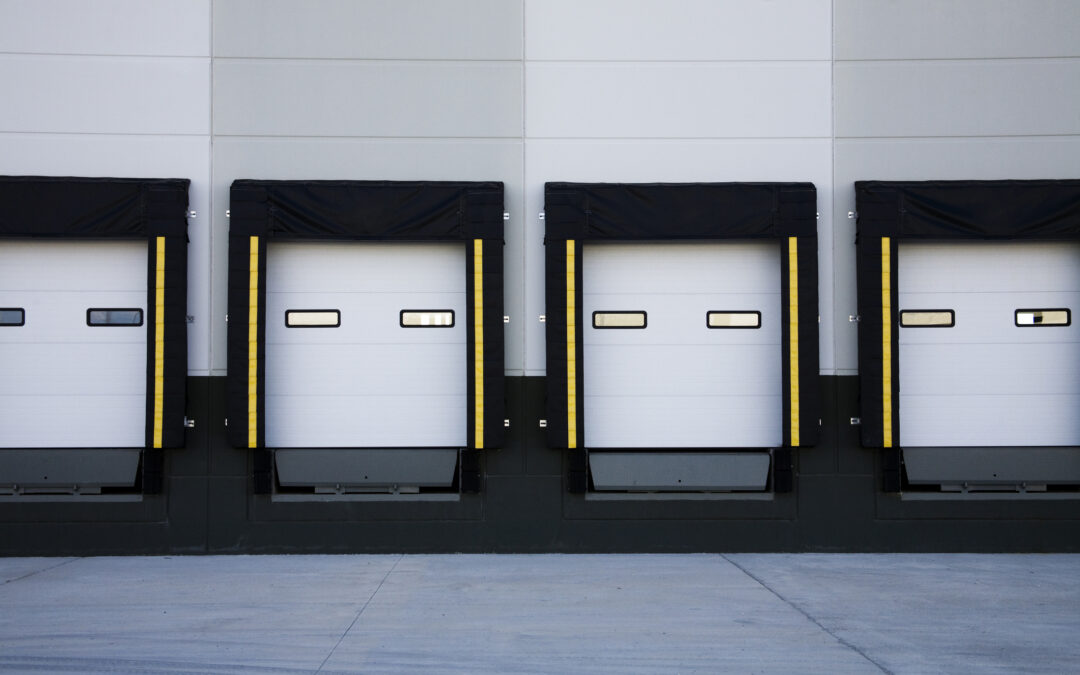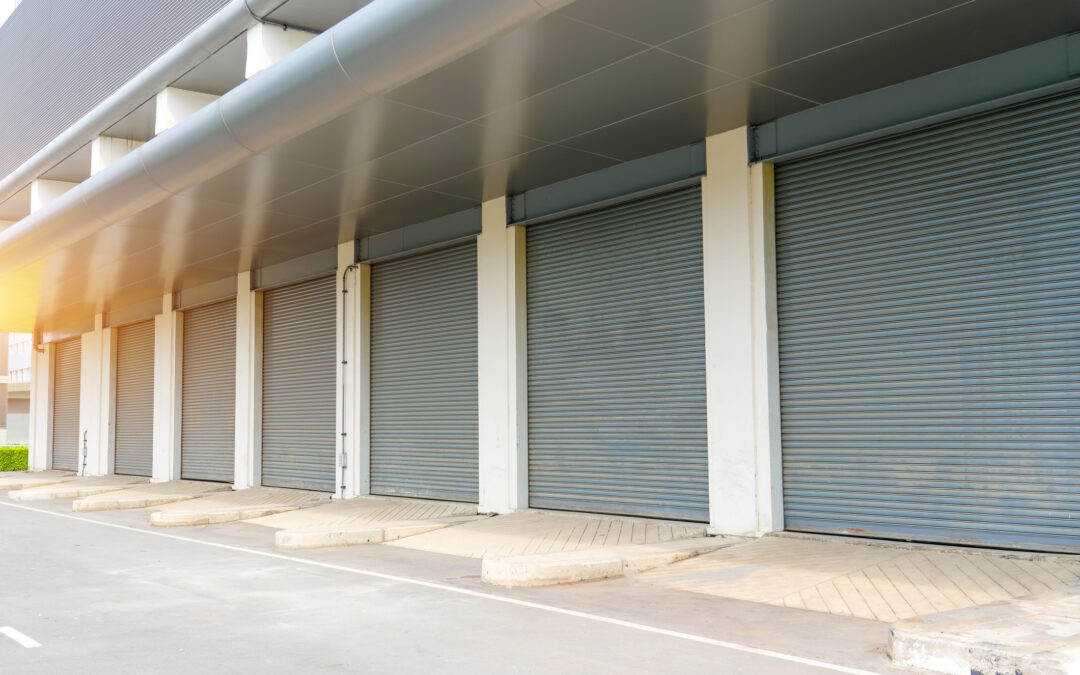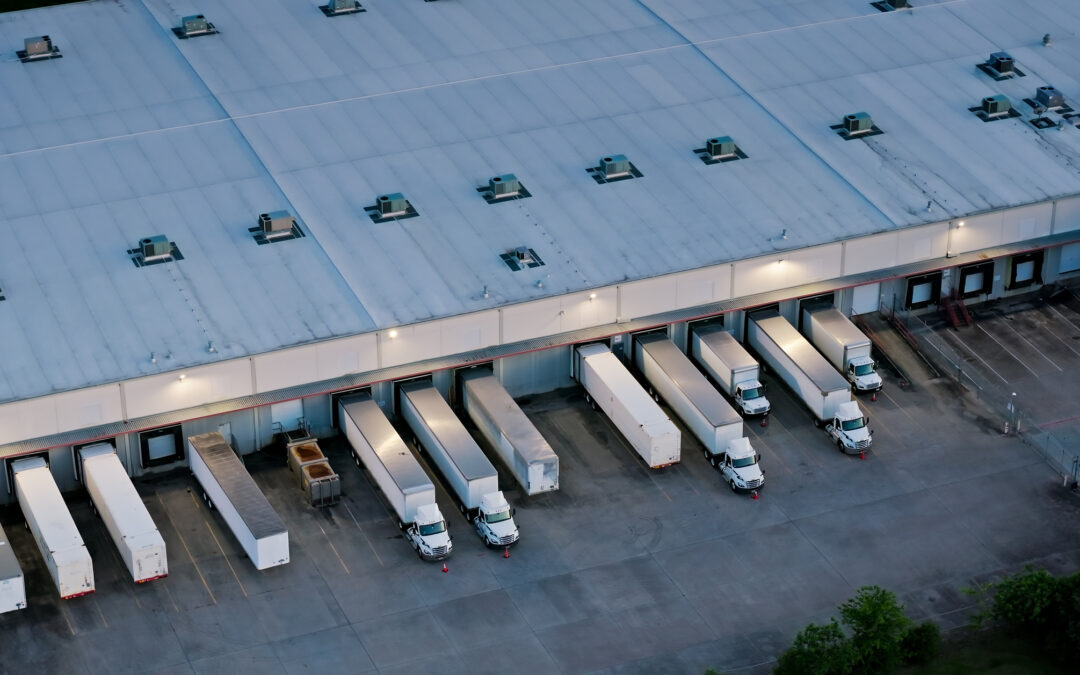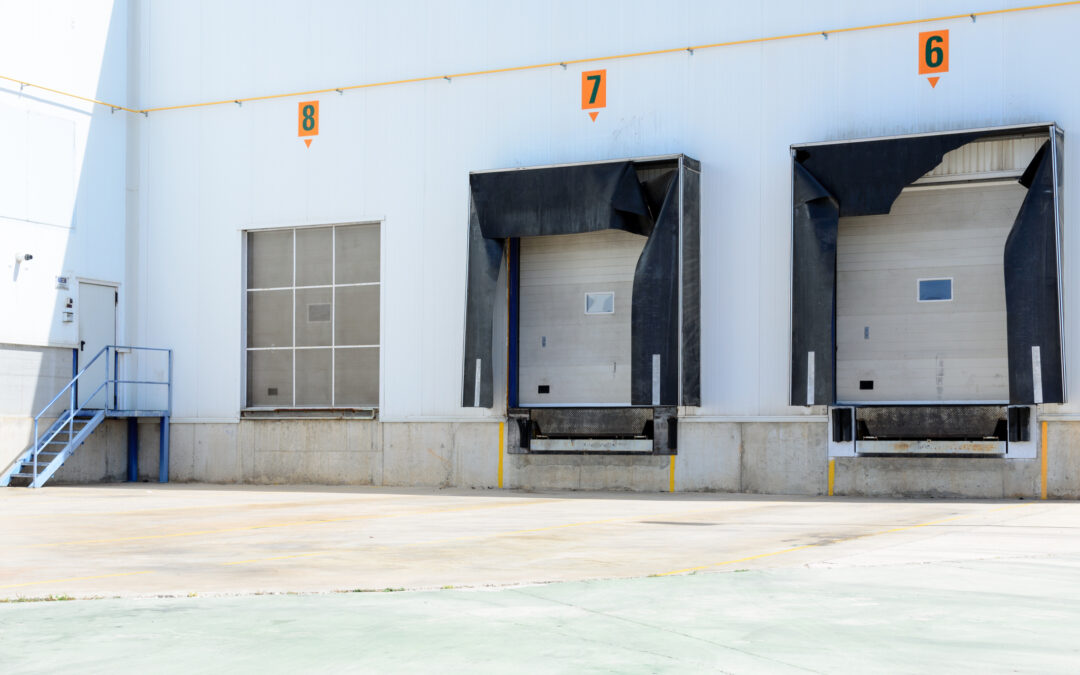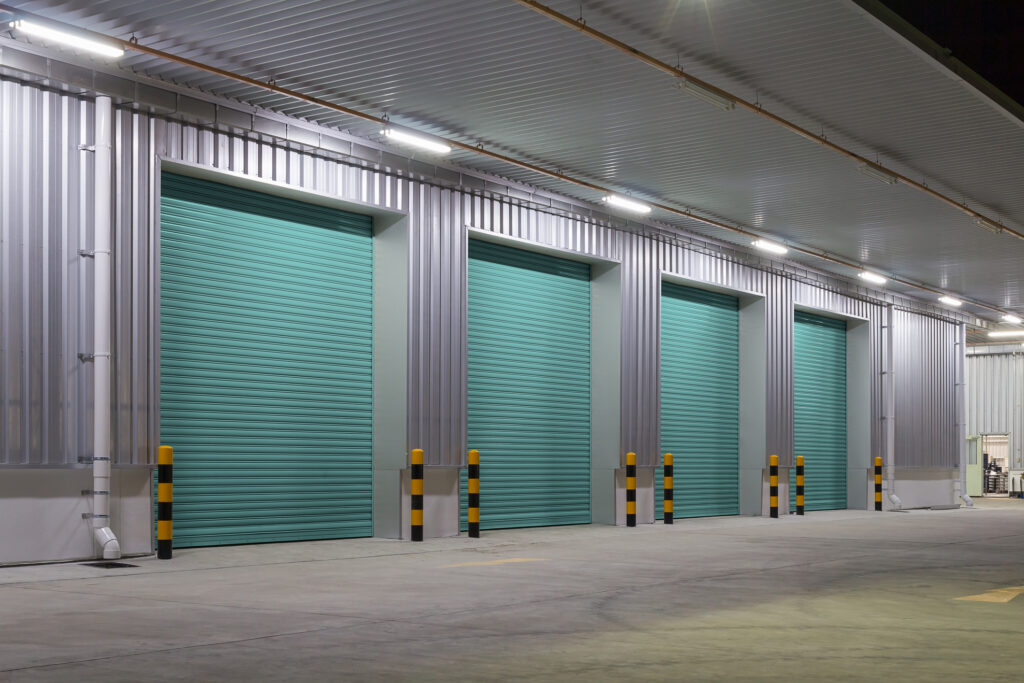
Choosing the Right Overhead Doors
Choosing the right overhead doors is a critical decision in any commercial build. Your doors influence not only the appearance of your facility but also its efficiency, security, safety, and energy performance.
With a wide variety of commercial and industrial door types available, how do you know which is the best fit for your building’s needs?
This guide breaks down the most common types of overhead doors, their key features, and what to consider when selecting the right solution for your space.
In this blog:
- Choosing the Right Overhead Doors
- Types of Overhead Doors for Commercial and Industrial Buildings
- Key Considerations: Size, Security & Style
- Installation & Maintenance for Maximum Value
- Find the Perfect Fit with Begley
Types of Overhead Doors for Commercial and Industrial Buildings
When it comes to choosing the right overhead door for your commercial or industrial space, there’s no one-size-fits-all solution. Each door type serves a specific purpose—whether it’s maximizing space, enhancing energy efficiency, improving durability, or meeting compliance standards.
Explore the most common commercial and industrial doors, along with their core benefits and ideal applications.
Rolling Steel Service Doors
These coiling doors are built with interlocking slats that roll up into a compact coil, making them ideal for openings with minimal side or headroom.
Best for: Industrial sites, retail storefronts, and parking garages requiring a secure, low-maintenance solution.
Fire-Rated Doors
These doors automatically close in the event of a fire, containing smoke and flames to meet life safety standards. Built with robust materials and smart closing systems.
Best for: Commercial buildings, schools, hospitals, and facilities with fire code requirements for rated openings.
Counter & Service Shutters
Compact and secure, these shutters are ideal for smaller openings. Available in a variety of finishes and materials to match the aesthetic of your space.
Best for: Cafeterias, concession stands, reception counters, healthcare and educational facilities.
Fire Shutters
Fire shutters are compact, fire-rated closures designed for smaller openings like counters and service windows. These shutters deploy automatically in response to fire alarms, helping contain flames and smoke.
Best for: Cafeterias, concession stands, reception counters, and facilities requiring code-compliant fire separation for service openings.
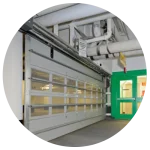
Sliding Doors
Sliding doors are a practical choice for facilities where overhead space is limited. Designed to operate laterally, they’re often used in custom applications that require wide, unobstructed openings.
Best for: Industrial and commercial buildings with low ceiling clearance or layout constraints that prevent traditional door installation.
Swing Doors
These doors operate on side hinges and can be used in light-duty or heavy-traffic areas. Available in manual or automatic configurations.
Best for: Offices, clinics, and commercial interiors, prioritizing ease of access and quiet operation.
Torsion Spring Doors
Built for durability and high performance, torsion spring doors use spring-loaded mechanisms to deliver smooth, balanced operation. Typically used where strength and longevity are essential.
Best for: Industrial buildings with frequent door cycles, such as storage facilities and utility garages.
Counterweight Doors
Designed for extremely high usage, these doors use a counterweight system instead of springs for enhanced longevity and minimal maintenance. Ideal in areas where durability and noise reduction are critical.
Best for: Underground parking garages, commercial lots, and properties with 400+ daily cycles.
Rubber Roll-Up Doors
Engineered for the harshest conditions, rubber roll-up doors withstand impacts, pressure, and high wind loads with minimal downtime.
Best for: Underground garages, industrial environments, waste management sites, and locations requiring high durability.
Rolling Grilles
Rolling grilles provide visibility and airflow while securing access points. Built from interlocking steel or aluminum rods, these doors are ideal for locations that require both openness and protection.
Best for: Retail storefronts, underground parking garages, transit terminals, and interior commercial spaces that require security with visibility.
Key Considerations: Size, Security & Style
Overhead doors are more than just functional — they’re central to your building’s efficiency, safety, and visual appeal. Choosing the right door starts with understanding how each option will affect your operations both now and in the future.
1. Size & Clearance Constraints
The physical layout of your space — including ceiling height, interior racking, and overhead systems — plays a big role in selecting the right door.
- Vertical lift doors maximize floor space and accommodate large equipment.
- Low headroom designs are ideal for areas with limited clearance.
Getting the size and clearance right prevents future bottlenecks and eliminates the need for costly structural adjustments.
2. Security Requirements
For commercial buildings, security is a critical factor.
- Choose doors with reinforced materials and tamper-resistant locks.
- Consider integration with access control systems for added safety.
Strong, secure doors help protect inventory and equipment — and may even reduce insurance costs.
3. Thermal Efficiency & Climate Control
If your facility needs to regulate temperature or reduce energy costs, insulation matters.
- Insulated overhead doors help maintain interior climate zones.
- Sealed systems prevent air leaks, reducing HVAC strain and utility bills.
This is especially important for food storage areas, laboratories, or clean rooms.
4. Brand Image & Curb Appeal
When your overhead door is visible to the public or clients, appearance matters.
- Opt for sleek panel designs, custom colors, or branded finishes.
- The right aesthetic can reflect your company’s professionalism and values.
Even in industrial settings, first impressions count.
For more on the benefits of choosing a high-quality door upfront, read our post on why it’s a smart investment.
Installation & Maintenance for Maximum Value
Choosing the right overhead door is only half the equation — proper installation and ongoing maintenance are what ensure it performs reliably over the long haul.
Professional Installation Matters
A well-made door is only as good as its installation.
Improper setup can lead to premature wear, operational issues, safety risks, and even structural damage. Working with experienced installers ensures your door:
- Fits precisely and operates smoothly
- Meets all safety standards and building code requirements
- Delivers consistent, long-term performance
Whether it’s aligning tracks, setting spring tension, or configuring automated systems, expert installation lays the groundwork for lasting value.
Routine Maintenance Saves You Money
Even the most durable commercial doors require routine care to stay in peak condition.
Preventive maintenance helps catch small issues before they become costly repairs. Regular inspections, lubrication, and safety checks:
- Extend product life
- Reduce unexpected downtime
- Lower emergency service costs
It also ensures your overhead doors continue to meet operational and safety standards over time.
Interested in reducing emergency repair costs? Explore our preventive maintenance programs.
Not all service providers are equal. Before choosing a partner for your commercial project, review these six must-have traits in a professional overhead door company.
Find the Perfect Fit with Begley
Every commercial or industrial facility has unique demands — and your overhead doors should be built to match. From temperature control to daily door cycles, traffic flow to aesthetic impact, choosing the right solution can improve your building’s performance across the board.
Why Tailored Door Solutions Matter
- Optimize space and workflow with the right lift configuration.
- Improve energy efficiency with insulated, high-performance doors.
- Enhance safety and security through durable materials and modern automation.
- Reinforce your brand image with doors that look as good as they perform.
Whether you’re outfitting a new build or retrofitting an existing space, Begley’s expert team is here to guide you.
Talk to the Experts
Ready to find the right overhead door solution for your facility?
Get in touch with Begley today for expert support and a customized recommendation.


